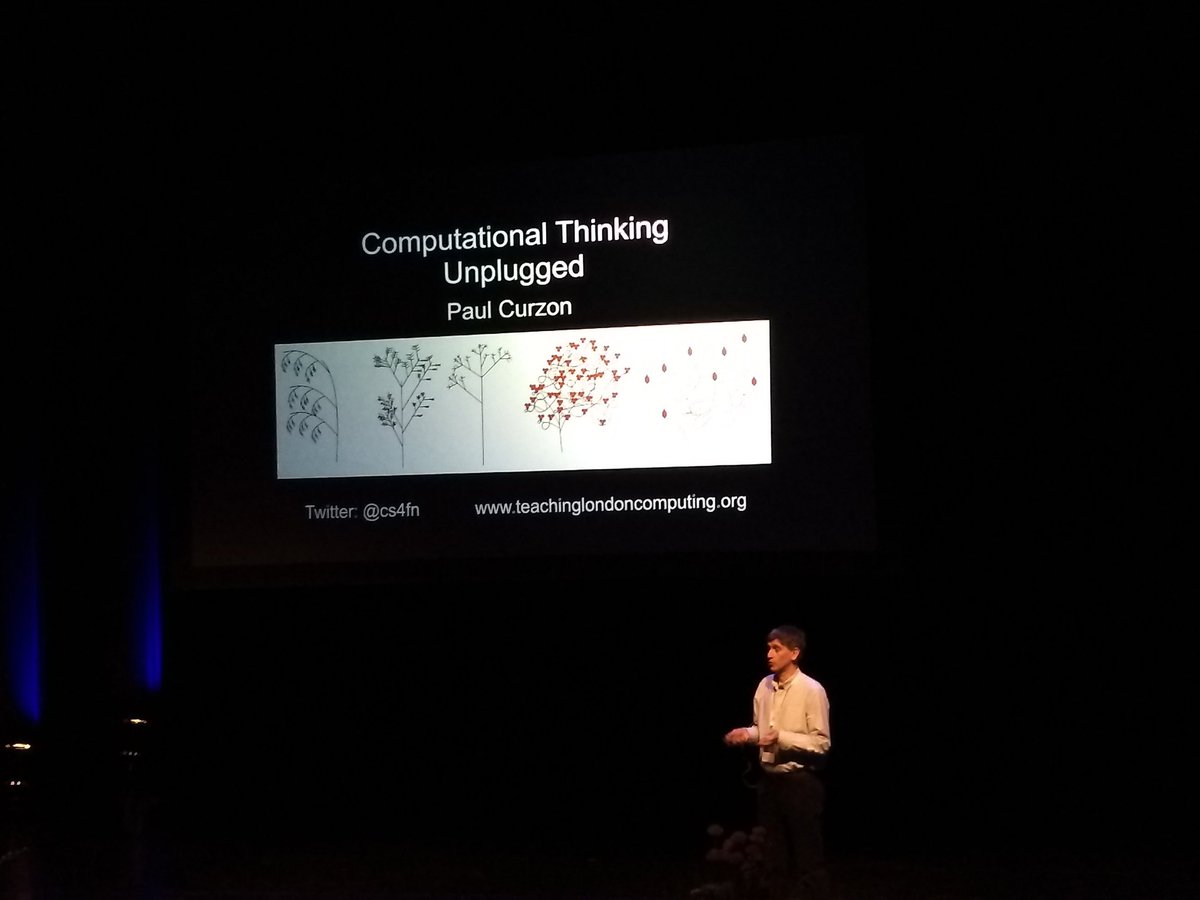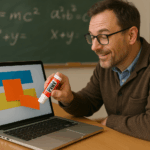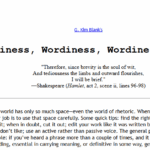If I write only one blogpost about day 1 of the NIOC conference, then it has to be one about the keynote and session by Paul Curzon. And to spare him the trouble of having to use Google Translate if he stumbles upon this post, I’ll do it in English.
Why about his performance during this first day? Because he showed me (and the other participants) really nice examples of ways that we can, could, maybe even should, explain computational thinking and other programming concepts to pupils / students. He used “Magic” as a way to make abstract concepts like problem decomposition, algorithms etc. very clear. Even though he used our confusion (about how a trick could possibly work) as a way to get us interested and motivated to learn the solution.
Take a look for example at the Australian Magician’s Dream in the video below.
Note: the video is from 2016, when he does the trick live, he now looks much more relaxed than in the video. So, at first, this might look like just another magic trick. But when he does the trick live, either with grown-ups or with smaller students, he lets the guess the solution. How does the trick work? It is no real magic, no quick hand movements, it is in fact an algorithm.
 If you want to know how it works, and/or do it yourself with your students, have a look at this page, you’ll find two more video’s and PDF’s that can help you prepare the trick.
If you want to know how it works, and/or do it yourself with your students, have a look at this page, you’ll find two more video’s and PDF’s that can help you prepare the trick.
Of course, it is not the first “teaching unplugged CS” course, but I really liked the concept chosen here.
You can find a lot more resources on the website, I have ordered the book The Power of Computational Thinking: Games, Magic and Puzzles to Help You Become a Computational Thinker, by Paul Curzon and Peter W. McOwan so I can read more about it.
So, to be continued….




